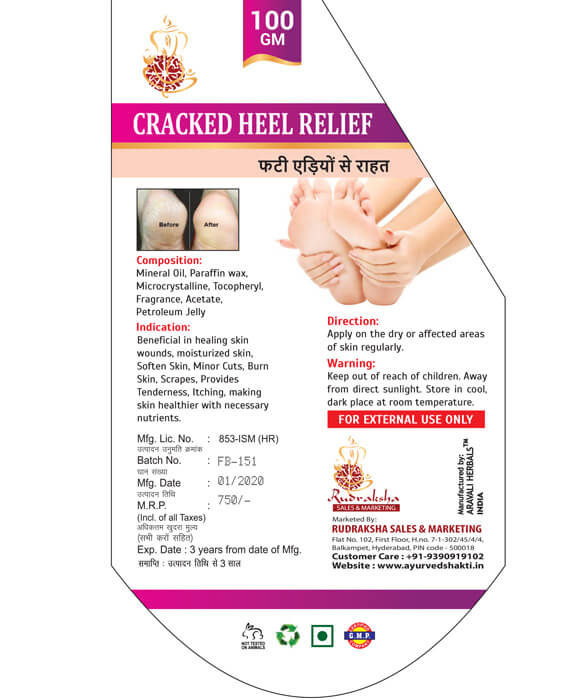Cracked heels, also known as heel fissures, are a common foot problem that can be both unsightly and uncomfortable. They occur when the skin on the heel becomes dry and thick, often due to a lack of moisture or prolonged pressure on the feet.
Causes:
There are several factors that can contribute to the development of cracked heels. These include:
1. Lack of moisture: Dry skin is a common cause of cracked heels. When the skin on the feet becomes too dry, it can crack and split.
2. Standing for long periods: People who stand for long periods of time, such as healthcare workers or retail employees, are more prone to developing cracked heels.
3. Obesity: Being overweight puts extra pressure on the feet, which can lead to the development of cracked heels.
4. Open-back shoes: Wearing open-back shoes or sandals can cause the fat pad on the heel to expand, leading to cracking and fissures.
5. Medical conditions: Certain medical conditions, such as diabetes, hypothyroidism, and psoriasis, can increase the risk of developing cracked heels.
Symptoms:
The symptoms of cracked heels can vary depending on the severity of the condition. Mild cases may only cause minor discomfort, while more severe cases can lead to pain, bleeding, and infection. Common symptoms include:
1. Dry, thickened skin on the heel
2. Cracks or fissures on the heel
3. Pain or discomfort when walking or standing
4. Itching or redness around the affected area
5. Bleeding or discharge from the cracks

Treatment:
There are several ways to treat and prevent cracked heels. Some effective methods include:
1. Moisturizing: Applying a thick moisturizer or petroleum jelly to the affected area can help to soften the skin and prevent cracking.
2. Exfoliating: Using a foot scrub or pumice stone to gently remove dead skin can help to prevent the build-up of dry, thickened skin.
3. Wearing supportive shoes: Wearing shoes with good arch support and a cushioned sole can help to reduce pressure on the feet.
4. Using heel cups or inserts: Heel cups or inserts can help to distribute pressure evenly across the foot, reducing the risk of developing cracked heels.
Prevention:
Preventing cracked heels is often easier than treating them. Some ways to prevent the development of cracked heels include:
1. Maintaining good foot hygiene: Washing and drying the feet thoroughly, especially between the toes, can help to prevent the build-up of bacteria.
2. Staying hydrated: Drinking plenty of water can help to keep the skin on the feet hydrated.
3. Avoiding open-back shoes: Wearing closed-toe shoes can help to prevent the fat pad on the heel from expanding and cracking.
4. Using a foot cream regularly: Applying a foot cream or moisturizer to the feet regularly can help to prevent dry skin and cracking.
5. Taking breaks: Taking regular breaks when standing for long periods can help to reduce pressure on the feet.
Ayurveda Says:
Cracked and damaged heels with deep fissures is most common issue faced by ladies than in men. This usually seen in people who walk too long on rough and uneven land area.
This symptoms of cracked heel are known as termed Padadari in Ayurvedic terms. Pada refers foot or heels, and dari or darana means breaking or the cracks.
In Ayurveda the known cause of cracked heels is imbalance of Vata Dosha. Ayurveda has got a wide range of treatment solutions for cracked heel. Based on those solutions we have come up with a Ayurvedic cream for Cracked heel, which not only repairs the cracked heels but also softens the heel area.
#crackheelcream #softenskin #burnskin #skincuts #tenderness #rudraksha #ayurvedshakti
